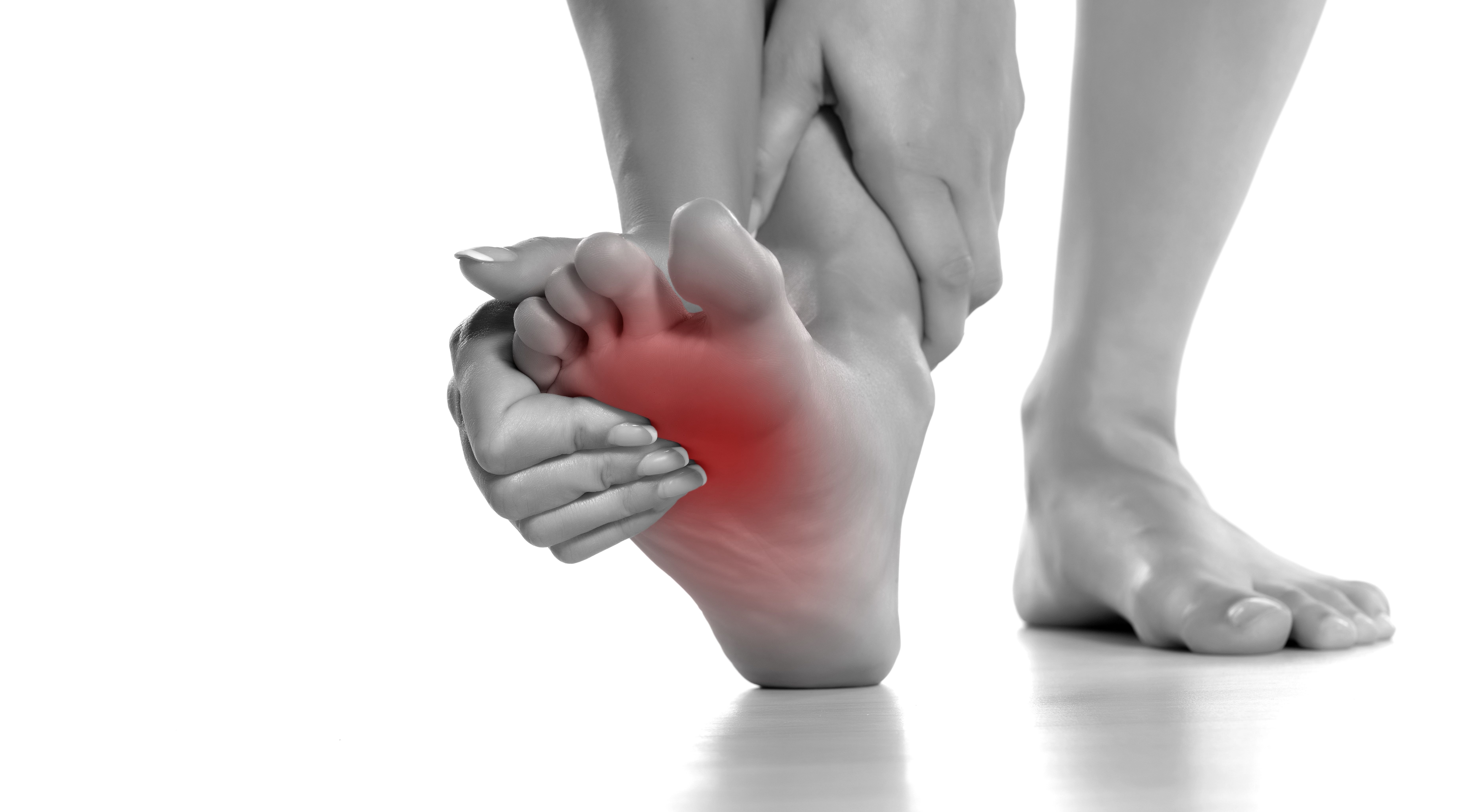Monthly Gout Reviews Leads to Significant SUA Improvements
There was also a reduction in ultrasound features of gout at the knee identified, with improvement found in 63% of the tight control group and 14% of the conventional group.

A tighter control of gout could pay dividends compared to less frequent disease review, according to new data presented during the American College of Rheumatology Convergence 2022.
A team, led by Sarah Black, Musgrave Park Hospital, Belfast Health and Social Care Trust, compared conventional controls in gout with a tighter control group.
Gout is often triggered by the deposition of monosodium urate crystals in joints, bones, and soft tissues, making it 1 of the most common forms of inflammatory arthritis.
Currently, the prevalence of the disease is approximately 1-4% globally, but the incidence and prevalence of gout is rising.
Management of gout is notoriously difficult, with suboptimal urate monitoring and a lack of titration of urate lowering therapy (ULT).
In rheumatology, treat to target approaches have been successful for treating patients with rheumatoid arthritis or psoriatic arthritis and initial studies have shown treat to target approaches in gout can reduce flare frequency and tophi and improve the quality of life of the patient.
Currently, the European League Against Rheumatism and the British Society of Rheumatology recommend control of serum uric acid (SUA) ≤ 0.30 and ≤0.36 mmol/L respectively, while ACR published guidelines in 2020 recommending ULT dose titration guided by serial urate measurements, with a target of < 6mg/dl (< 0.36mmol/L).
In the non-blinded, randomized, controlled trial, the investigators compared management of gout with monthly ULT titration on achieving and maintaining SUA at a target level of ≤0.30mmol/L.
The study included 110 patients aged 18-85 years. The participants were prospectively recuited and randomly assigned to either a conventional treatment cohort reviewed at baseline, and month 6 and 12 with ongoing care through a family physician or the tight control cohort with reviews every month for 12 months.
Each participant was treated with allopurinol 100 mg daily along with anti-inflammatory/colchicine or steroid, as flare prophylaxis. Patients with a contraindication to allopurinol were prescribed feboxustat 80 mg daily.
Both cohorts were educated and advised to habve urate monitoring and dose escalation until the target SUA was reached. Ultrasound assessment of greyscale synovitis, erosion, and tophus were compared at baseline and month 12.
The results show 89.4% of patients in the tight control arm achieved the target urate of ≤0.30. This was much higher than the 39.6% in the conventional treatment group (P <0.001). This is a change in SUA at 6 months of 37.6% and 18% in the tight and conventional groups, respectively (95% CI, 12.4-26.9).
There was also a reduction in ultrasound features of gout at the knee identified, with improvement found in 63% of the tight control group and 14% of the conventional group (P = 0.043; 95% CI, 0.01-0.97). A reduction in tophus size at the first MTP joint was signficiantly different between the 2 groups, with a median reduction of -4.65 mm in tight control group compared to only -0.30 mm in the concentional arm (P = 0.003).
They also found a difference in the prescence/absence of double contour sign at the first MTP between the 2 groups at the final visit, where 62.5% of the convention group still had double contour present, compared to just 40% of those in the tight control group. However, these numbers did not achieve statistical signficiance.
“This study has demonstrated that tight control of gout leads to highly statistically significant improvements in SUA and resolution/ improvement of ultrasound features of gout,” the authors wrote.
The study, “The TICOG Study: Tight Control of Gout – A Randomized, Controlled Trial of Targeted versus Conventional Treatment for Gout Including Ultrasonography,” was published online by ACR.